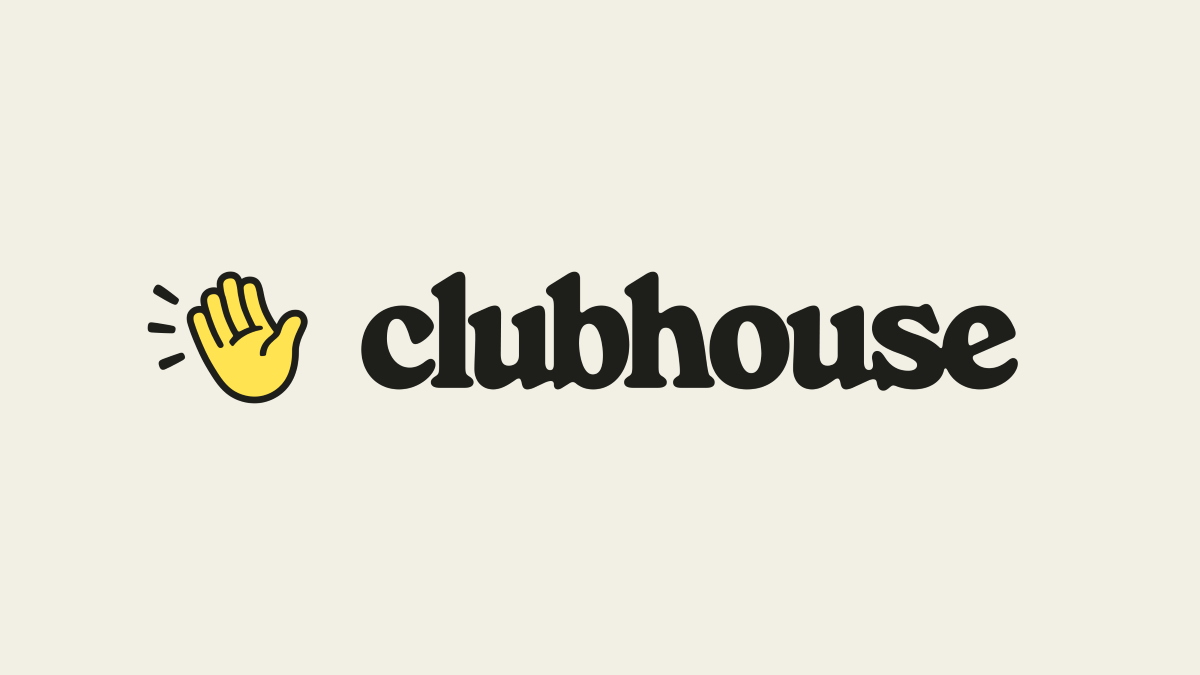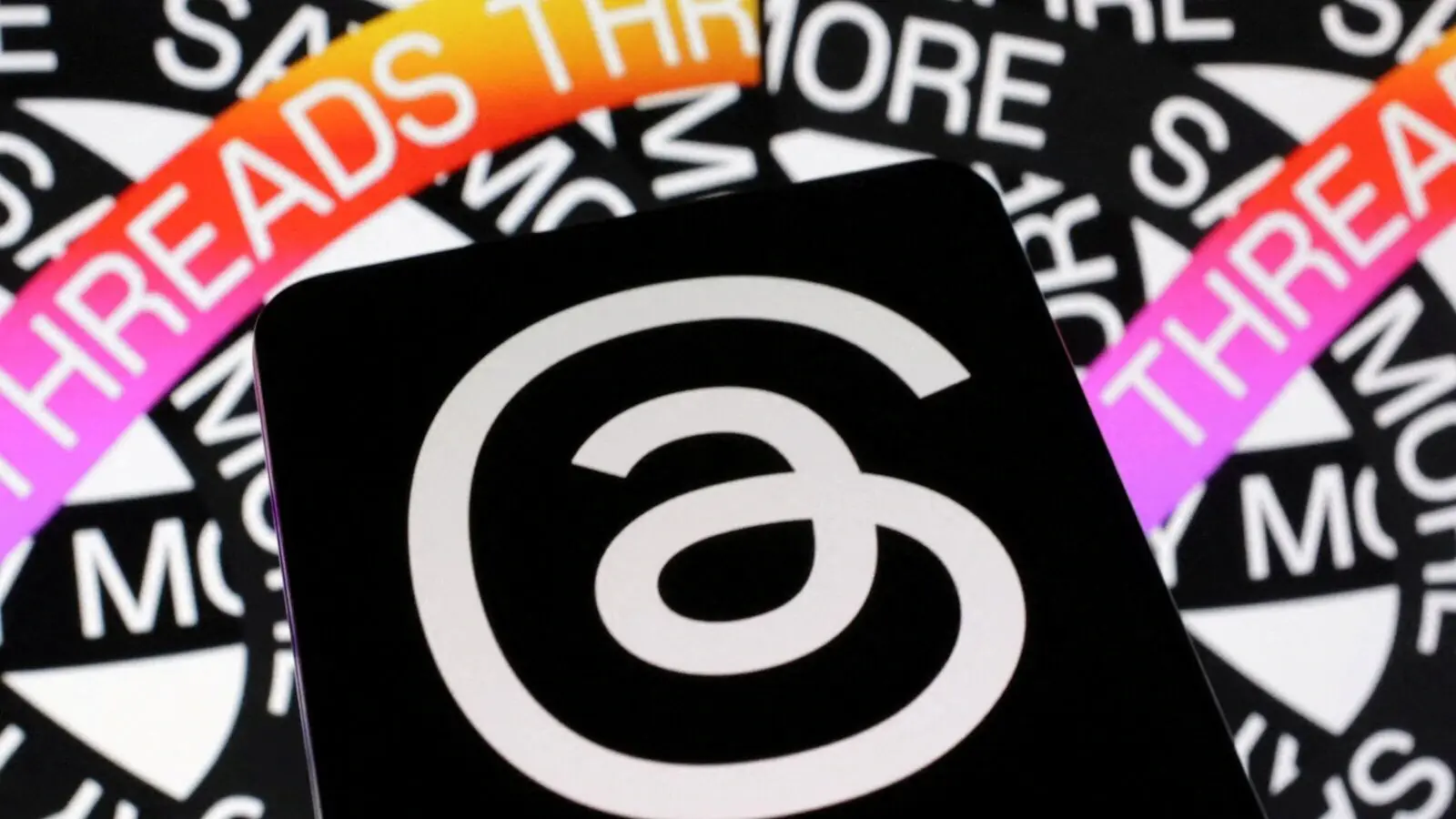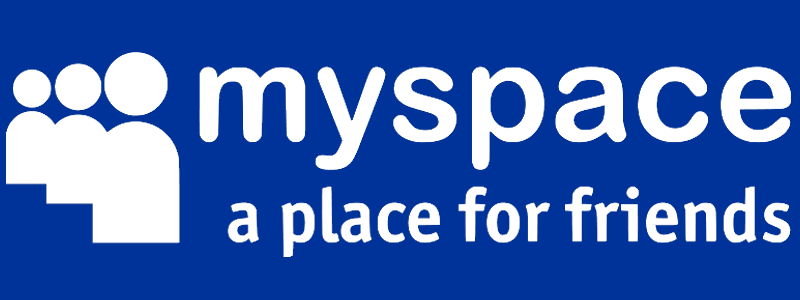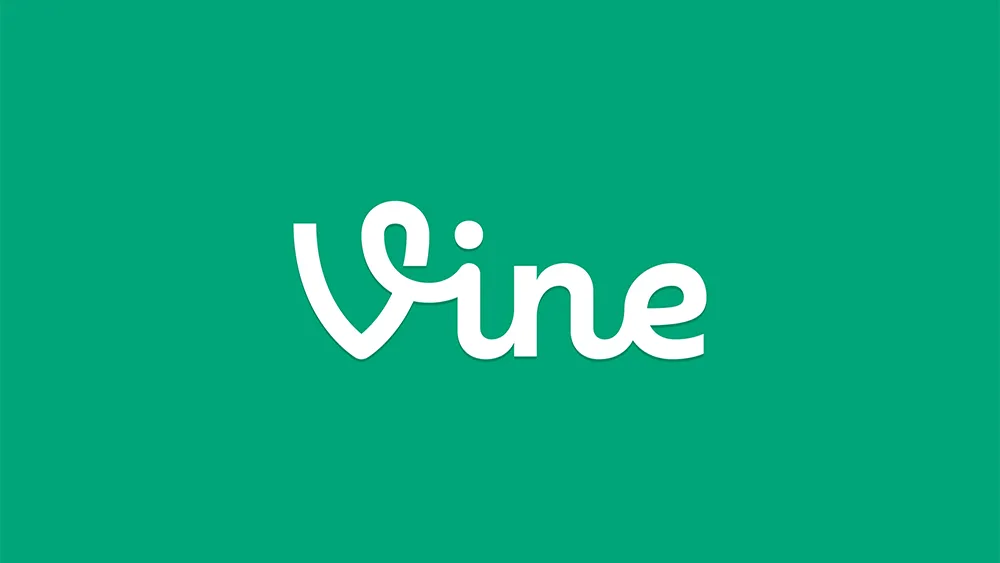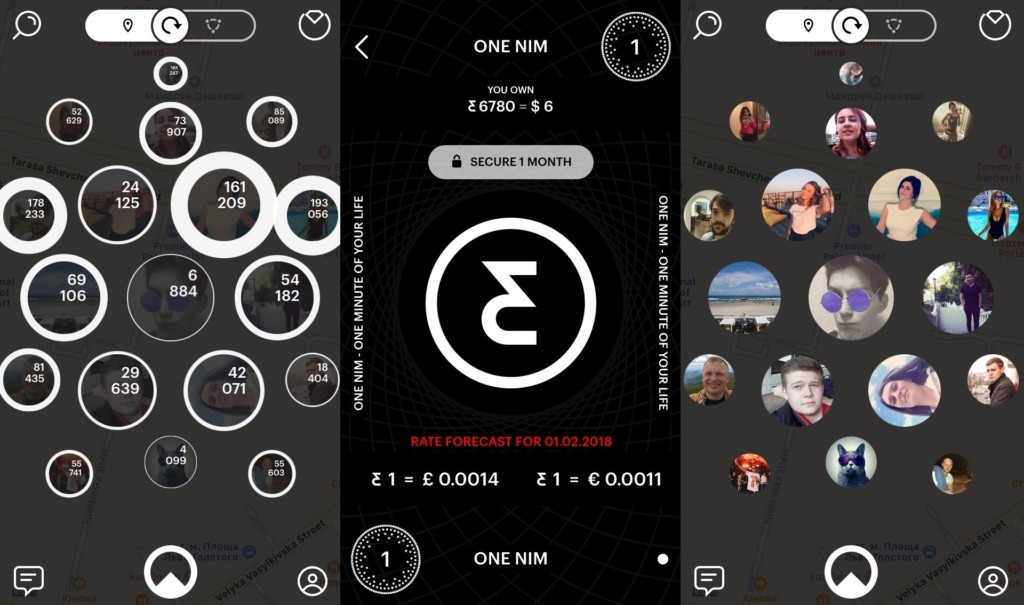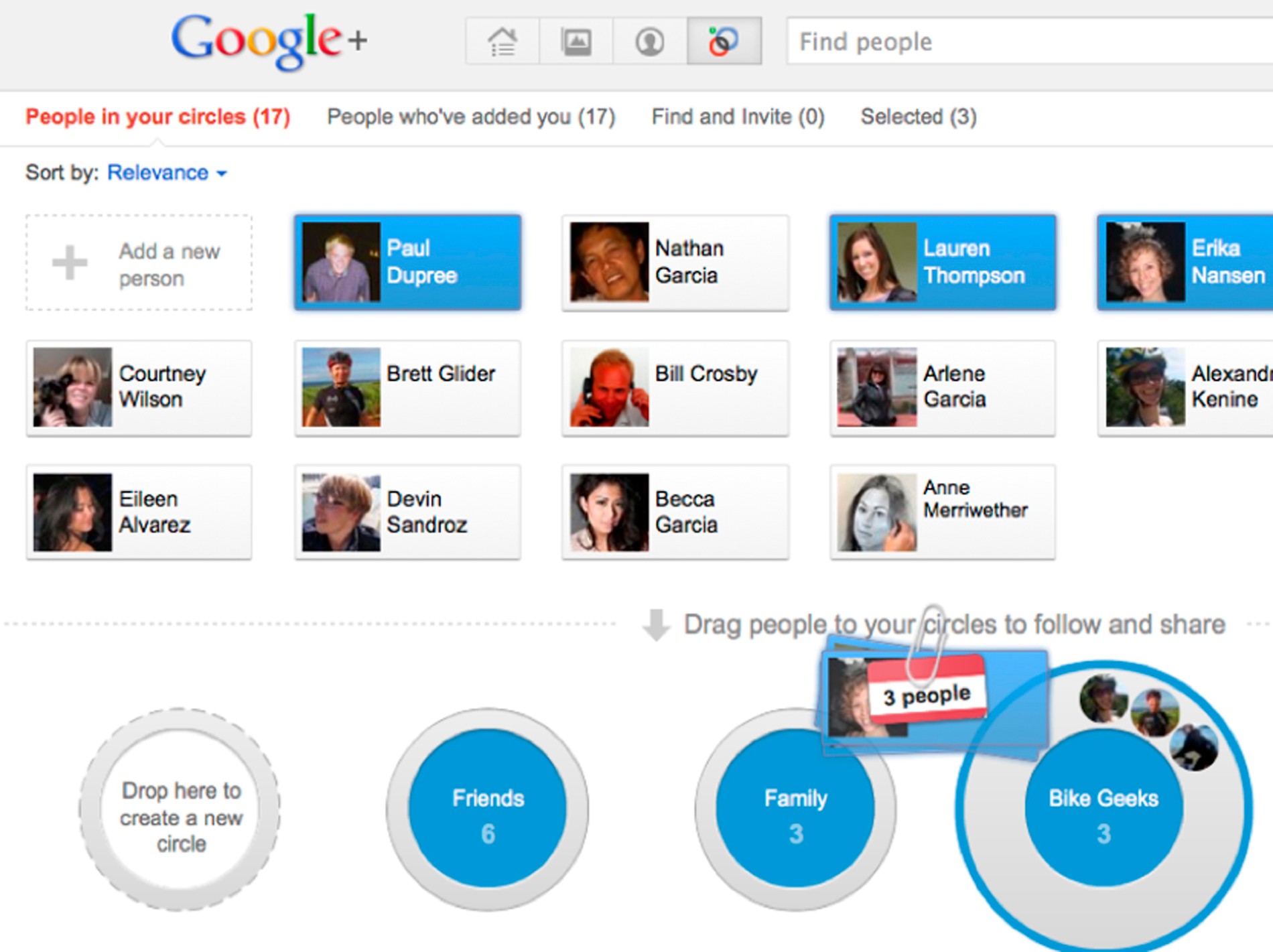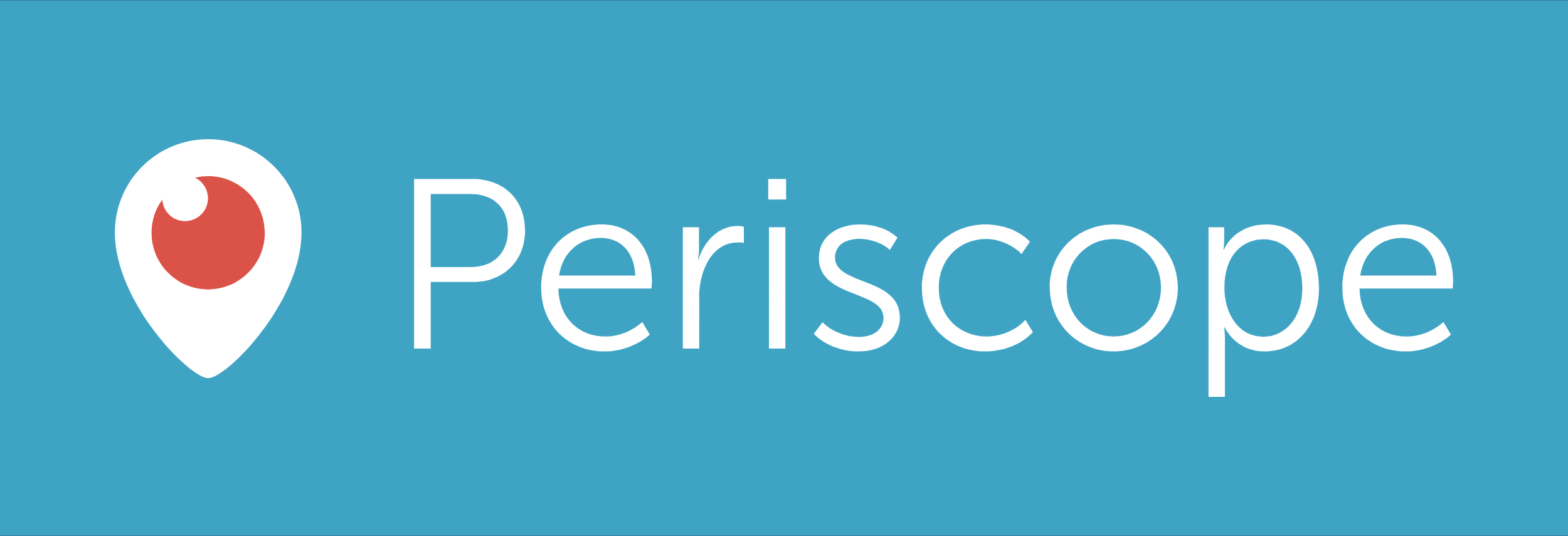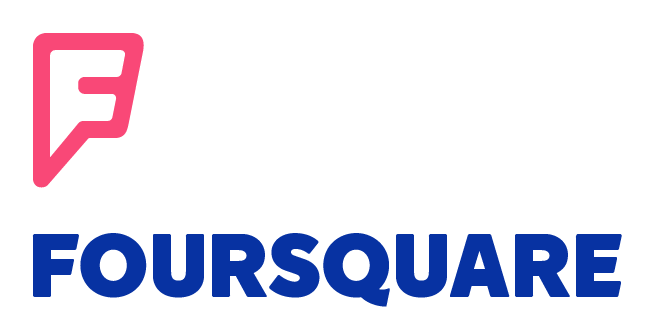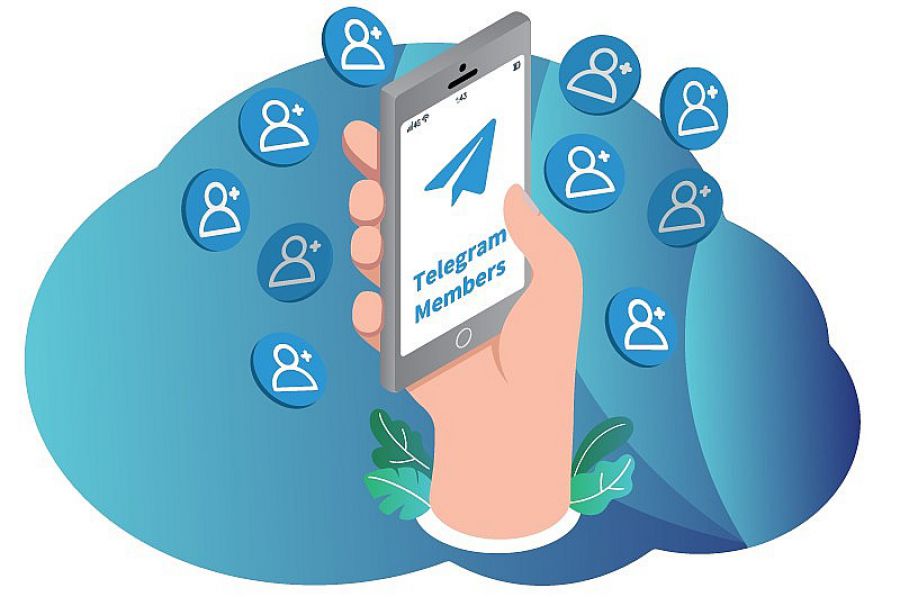Forgotten Social Media that Impacted the Internet

In the fast-paced world of the internet, changes happen so swiftly that trends can come and go faster than we can say "selfie." Today's sensation can become tomorrow's history. The hype on social media is a prime example of how popularity and influence can shift in an instant, and it has become a part of our lives.
Many social media quickly burst onto the scene, attracting millions of users and creating true internet phenomena. However, as is often the case, their popularity comes and goes like a soap bubble.
In this article, we will reminisce about the times when these social media were at their peak and delve into why they disappeared as quickly as they appeared, examining the impact they left behind.
Clubhouse
Clubhouse is a platform known for its unique feature: the ability to engage in live audio discussions by creating and joining "rooms" to discuss various topics. The platform gained popularity thanks to this distinctive format and attracted a multitude of users, including celebrities and experts. In essence, this format is similar to podcasts, but it happens in real-time.
Clubhouse was launched in March 2020 and was initially only available to iOS users. Its limited availability at the start created a sense of exclusivity, sparking curiosity. Later, as access expanded, the platform quickly gained popularity due to its numerous discussions and conversations featuring experts and celebrities.
Clubhouse reached its peak of popularity in early 2021. During this period, the platform gathered millions of users and garnered widespread attention. The network's uniqueness lay in its ability to participate in live discussions and listen to conversations on a wide range of topics, including business, technology, art, and many others.
However, despite its initial success, Clubhouse encountered several issues. One of them was the iOS-exclusive access, limiting its user base. Additionally, as other social medias began to copy key elements of Clubhouse, interest waned. Concerns about data security and moderation also affected its popularity.
Clubhouse served as an example of how a social media can explode onto the internet and become an overnight sensation. It also exemplified how quickly new platforms can rise and fade. Therefore, when other social medias gain popularity, they are often compared to Clubhouse as a benchmark for fleeting fame.
The platform undeniably left its mark on the history of social medias, but it also serves as a lesson on how rapidly the internet can change and how crucial it is to stay relevant to attract and retain users in our fast-paced digital world.
Threads
Threads is a messaging app developed by Meta. This app was designed as an add-on to Instagram, aimed at facilitating communication and content sharing within your close circle of friends and family, but its actual goals turned out to be somewhat different.
The core idea behind Threads was to create a space where you could share moments from your life with selected individuals while reducing the "noise" of social medias, providing a degree of anonymity and a lack of censorship.
After Meta launched Threads, it registered over 100 million users in just five days. This record made Threads the fastest-growing app in history. The previous record was held by ChatGPT, which took two months to reach the same number of users.
The popularity of Threads can be attributed to the fact that users could sign up for the app using their Instagram accounts, which are also owned by Meta. Threads retained user profile data, including names and follower lists. Given that Instagram has over two billion active users, this became a significant driver for Threads' popularity.
It's worth noting that the launch of Threads coincided with Elon Musk's acquisition of Twitter and the introduction of Twitter Premium, which faced criticism from users. This context also contributed to Threads' popularity.
However, a month after its launch, Threads' popularity started to decline rapidly. The number of active users dropped by nearly 70%, from 100 million to 13 million. The average time users spent in the app decreased from 19 minutes to just four minutes.
The reasons for Threads' failure were diverse, including limited functionality, stringent rules, a decline in Twitter user interest, limited internal analytics, and other factors. Ultimately, it seemed that the app was rushed and underdeveloped. Threads also failed to attract Twitter users who were already entrenched in the social media.
This case with Threads illustrates the importance of not only attracting an audience but also retaining it, especially in fast-paced and competitive conditions.
MySpace
MySpace is one of the most well-known and early social media that reached its peak of popularity in the early to mid-2000s.
MySpace reached its peak of popularity from 2005 to 2008. During this period, MySpace was the world's most popular social network and a major competitor to another popular platform, Facebook. In 2006, MySpace was the most visited website in the United States, surpassing even Google.
MySpace attracted millions of users in those years. It provided the opportunity to create personal profiles where users could share information about themselves, photos, music, and videos. This allowed people to express their individuality and connect with friends and strangers in the virtual world.
MySpace was particularly popular among young people and musicians. Musicians could create music profiles and share their music with a wide audience. This boosted the careers of many artists, such as Arctic Monkeys and Lily Allen.
MySpace had a significant influence on the internet. The platform helped independent musicians and bands promote their music and build a loyal following. Additionally, MySpace set the standard for many social media that followed.
Despite its immense popularity, MySpace faced several issues that ultimately led to its decline. The most significant of these issues were data privacy breaches and spam on the platform, causing a user exodus. Furthermore, Facebook became a more convenient and secure alternative, attracting many users, while MySpace retained an outdated design and interface.
The impact of the music industry was mixed. While MySpace contributed to the successful promotion of some musicians, it also faced problems related to music rights and copyright infringement.
As a result, MySpace gradually lost its audience and significance. In 2011, the company was sold, and over time, it became a relic of music and internet history, reminding us of the times when it was the "queen" of social media.
Vine
Vine is a video-sharing platform that enjoyed significant popularity in the early 2010s.
Vine reached its peak of popularity from 2013 to 2014. It was a time when short, six-second video clips became a massive trend and gained immense popularity.
Vine allowed users to create humorous and creative short video clips known as "Vines." These videos could be easily recorded and edited within the app. The brevity of the format forced users to be creative and express their ideas within a limited time frame.
Vine became popular due to its simplicity and the ability to instantly capture attention. Many funny and creative Vines went viral, attracting millions of followers.
Vine had a profound impact on internet culture. It served as a platform for many talented video bloggers and comedians, many of whom later found success on YouTube and other social media. Short video formats also became the standard for many other social media, such as Instagram and TikTok.
Despite its tremendous popularity, Vine faced several factors that led to its closure in 2016. One of the primary factors was competition from other platforms, such as Instagram and Snapchat, which also began supporting video content. Additionally, Vine had difficulties with monetization, leading to the departure of talented content creators. Consequently, the platform lost its appeal for both users and content creators.
In the end, Vine was acquired by Twitter, but after several unsuccessful attempts at revival, it was shuttered. It remains in memory as a source of creative videos and a place where many aspiring video bloggers got their start, but, unfortunately, it couldn't withstand competition and changes in the digital world.
LiveJournal
LiveJournal (LJ) is a blogging platform and social media that enjoyed significant popularity from the early 2000s to the mid-2010s. During this period, it was one of the most popular platforms for blogs and social interactions worldwide.
LiveJournal attracted numerous users with its unique concept. Users could create their own blogs where they posted personal entries, stories, photos, and other content. These blogs were accessible for reading by other users who could subscribe to blogs, leave comments, and exchange messages.
LiveJournal became popular as a platform for discussing various topics and creating communities. Users could form interest-based communities where they discussed various subjects, from literature to technical issues. This created a unique space for discussions and interactions.
LiveJournal had a significant influence on internet culture and was actively used for discussing events and political issues. Many bloggers became well-known through their LiveJournal entries. The platform also became an essential tool for publishing and discussing artistic and literary work.
The platform encountered several problems that led to its gradual decline. One of the main issues was changes in ownership and management. In 2005, Six Apart acquired LiveJournal, and the changes brought some restrictions and user dissatisfaction. This led to a decline in the user base.
Furthermore, changes in internet culture and the emergence of more numerous and convenient social networks, such as Facebook and Twitter, led to reduced activity on LiveJournal. Many users migrated to more modern social media, leaving behind their old blogs.
It's also worth mentioning that changes in legislation related to content regulation and privacy had an impact on the overall atmosphere of LiveJournal. These changes caused many users to reconsider their relationship with the platform.
In the end, LiveJournal remained a memory of the golden era of the blogosphere but lost its popularity and significance in the modern internet.
Nimses
Nimses is a startup and social network that garnered attention in 2017 due to its unconventional approach to content monetization. Nimses reached its peak of popularity in the early and mid-2017. During this period, it attracted many users, primarily from the countries of the CIS.
Nimses attracted users by offering a unique concept. The main idea was to convert time spent in the app into a digital currency called "nims." Users could accumulate nims for each minute spent in the app and then spend them on various goods and services, as well as exchange them with each other. This created an interesting incentive for active app usage.
The popularity of Nimses was not just due to the opportunity to earn digital currency but also its social features. Users could communicate within the platform, create their communities, and even publish their content. This made the app attractive for those seeking to earn and those looking to socialize and share their interests.
The popularity of Nimses quickly waned, and the app faced several problems. Firstly, the monetization model based on nims raised doubts and criticism from users and experts. There were doubts about the possibility of converting nims into real money, and many users were dissatisfied with the results of their efforts in the app.
Moreover, Nimses faced data privacy issues. Users had to provide access to various personal information, which raised concerns about data security and use.
In the end, Nimses couldn't retain its audience and compete with other popular social media. In 2019, the app was shut down, and it remains a memory as one of the short-lived experiments.
Google Plus
Google+ (Google Plus) is a social network launched by Google in June 2011. Despite its potential and its association with a major player like Google, the social network encountered some issues and couldn't maintain its popularity for long.
Google+ reached its peak of popularity in the first few months after its launch in 2011. During this initial period, many users registered on the platform, attracted by the ability to create circles to group friends and content.
Google+ aimed to attract users by providing tools for more flexible content management and privacy control. One of its key features was "circles," allowing users to group their friends and followers to choose with whom they shared specific content.
At the height of its popularity, Google+ gathered millions of users, and many saw it as a potential competitor to Facebook. The platform offered integration with other Google services like Gmail and YouTube, making the use of Google+ more convenient for users already familiar with the Google ecosystem.
Google+ had a significant impact on Google as a company. This social network contributed to the integration of many Google products and the enhancement of their social features.
However, despite its rapid start, Google+ faced a range of problems that led to its gradual decline:
-
Lack of Activity: Many registered Google+ users turned out to be inactive. Some users created accounts, for example, specifically for YouTube but did not interact with the social media or publish content.
-
Usability Issues: For many users, Google+ appeared less intuitive and more complex compared to its competitors.
-
Lack of Unique Features: While Google+ provided several interesting features, many of them were borrowed from other social media, and the platform did not offer anything truly unique.
-
Privacy and Security Problems: Google+ also faced data privacy issues and information leaks that eroded user trust.
As a result, Google+ couldn't compete with Facebook and Twitter and ended up as an outsider. In 2019, Google announced the closure of Google+ due to weak user interest and data security issues. Google+ remains in history as an example of Google's ambitious attempt to enter the social media market.
Periscope
Periscope was a social platform for real-time video streaming, allowing users to broadcast their own video streams and interact with their audience.
Periscope was launched in March 2015 and quickly became one of the most popular platforms for video streaming. It garnered significant attention and popularity among bloggers, journalists, and regular users.
Periscope attracted users with its ease of use. Users could easily create live broadcasts directly from their mobile devices, and viewers could join, watch, and comment in real-time.
Periscope became popular in journalism and media as it allowed journalists to quickly respond to events and broadcast them in real-time. The platform also gained popularity among bloggers and influencers who used it to engage with fans and create interactive content. And, of course, among everyday users.
Periscope had an impact on internet culture by drawing attention to video streaming and live broadcasting. It encouraged discussions on issues related to live video streaming and audience interaction. The popularity of Periscope also contributed to the development of similar platforms like Facebook Live and Instagram Live.
Despite its popularity and influence, Periscope encountered several problems that led to its decline and disappearance. Periscope faced stiff competition. Large social networks had a larger user base and more resources for developing streaming features.
Periscope sometimes suffered from technical issues such as stream delays and video quality problems, which negatively affected user experience. Over time, user interests changed, and online engagement significantly declined.
As a result, in March 2021, Twitter announced the closure of Periscope. The platform remains in memory as one of the first successful social platforms for live streaming but couldn't retain its audience in the face of fierce competition and changing interests.
Foursquare
Foursquare is a location-focused platform that provides recommendations for places to visit. Foursquare was launched in March 2009 and quickly gained the attention of users and the media. It reached its peak of popularity in the early 2010s.
Foursquare attracted users with its unique approach to location. Users could "check in" at various places, thereby sharing their locations with friends and receiving recommendations for nearby places to visit.
The platform became popular due to its gamification. Users earned badges and rewards for visiting different places and completing various tasks. Foursquare also provided reviews and ratings for places, allowing users to share their experiences and recommendations.
Foursquare influenced the understanding of how social networks can integrate location. It contributed to the development of "location-based services" and inspired other applications like Swarm (a product of Foursquare) and Yelp to evolve in this area. Not to mention the popularity of Pokemon GO.
Despite its success, Foursquare faced several problems that led to its decline and a change in strategy. Foursquare transitioned from its original gaming concept to a more localized recommendation and marketing focus. This led to a change in the user experience and a loss of interest in the platform.
Competition in the location-based service sector intensified with the emergence of other popular apps such as Google Maps and Yelp. This reduced the uniqueness of Foursquare and caused users to shift to other platforms.
Building a profitable business model was a challenging task for Foursquare, and the platform faced financial difficulties. Over time, Foursquare couldn't adapt.
As a result, Foursquare underwent several changes and reduced its ambitions in the realm of social networks. Nevertheless, it remains in history as one of the early successful platforms for location-based recommendations and gamification elements.
Bebo
Bebo is a social network that gained popularity in the early 2000s, especially in 2007, among young people. During this time, it was one of the most popular social media in the United Kingdom and Ireland and had a substantial audience in the United States as well.
Bebo attracted users with its emphasis on social interaction and the ability to create personal profiles. It provided tools for messaging, creating photo albums, and blogs. Users could also express their status and interests on their profile.
Bebo became particularly popular among teenagers and young adults. It offered a platform for building and maintaining relationships with friends and acquaintances, as well as for engaging in online communities. Many users found Bebo convenient and user-friendly.
Bebo had an influence on the internet culture of its time, including music and entertainment content. Many musicians and artists used Bebo to promote their music and create communities around their fans. Additionally, Bebo became a popular platform for sharing photos and messages.
Bebo faced several problems that led to its decline and near disappearance: competition, security issues, frequent changes in ownership, and a shift in the audience's interests.
In 2008, Bebo was sold to AOL for $850 million. However, despite substantial investments, AOL struggled to manage the social network effectively. In fact, their inability to manage the platform effectively led to Bebo being sold for just $10 million only two years later. In 2013, the Birch brothers repurchased the media for only $1 million.
The social network remains a memory as one of the early successful social media, but it couldn't compete and ultimately disappeared, even though it was once called the "new MySpace."
Conclusion
In conclusion, many forgotten social media, including Bebo, Google+, Nimses, and others, share similar reasons and circumstances that led to their decline and disappearance from the market:
-
Competition: The ever-changing and competitive nature of the social media sphere means that new and more innovative platforms emerge regularly, and users often switch to them, leaving behind their old habits.
-
Changing Interests: User interests and expectations from social media change over time. Platforms that cannot adapt to these changes risk losing the audience's interest.
-
Privacy and Security Issues: Concerns related to data security and user privacy can undermine trust in a social media and lead to user attrition.
-
Management and Strategy: Ineffective management and inability to adapt and develop the social media can lead to its decline.
-
Change of Ownership: Frequent changes in ownership can result in shifts in the platform's strategy and focus, confusing users and negatively impacting its popularity.
In general, these cases serve as a lesson on the importance of continuous development, adaptation to changes in internet culture, and maintaining high standards of data security and privacy to attract and retain users. It's essential not only to attract an audience but to keep it.
Useful article on a similar topic:
- How to remove followers on Instagram and spot every bot.
Try Popsters Trial plan to get content activity statistics of any pages for a next 7 days for free
Try for free
